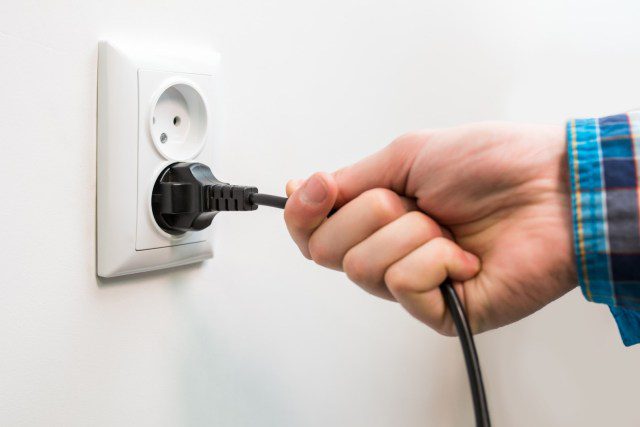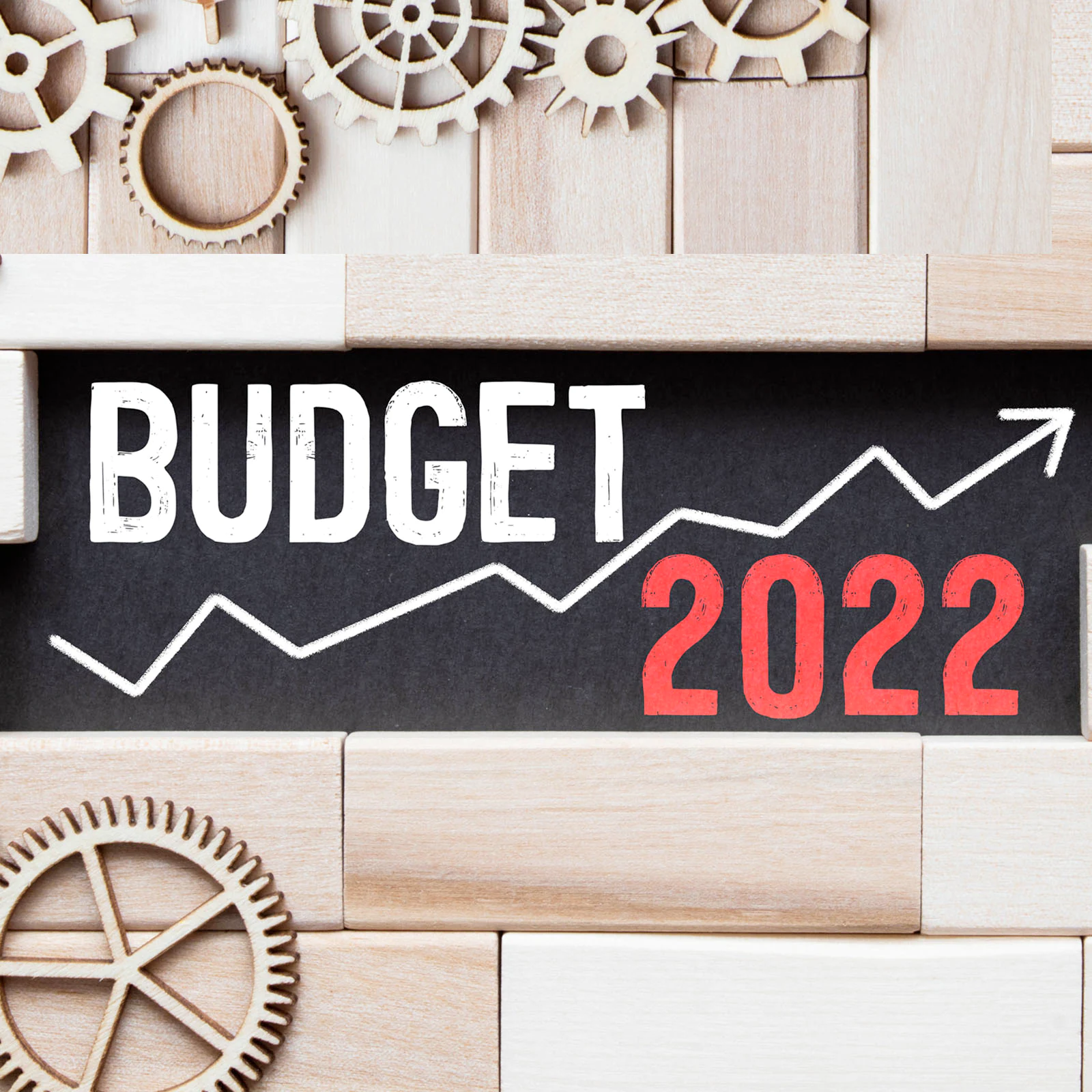In the past several weeks, I have been astonished at the size of seed rounds that founders expect to raise in their first round. My jaw hits the table when a founder blindsides me with requests to raise seed rounds of $1 million to as high as $3-4 million!*
These are the start-ups that have
- Opened their doors for business within the previous 12-18 months.
- Have an ARR of less than two crore rupees ($300k).
Surprised at the massive requirement of capital, we gothrough their financial model. Within a few minutes of looking through themodel, the spreadsheet would give out a chilling fact:
The founders first decided the amount they were raising; then, they decided how to utilise the amount that is raised!
It may seem like smart scheme when pitched to novice investors, but it is a foolhardy attempt to do that to an investor with experience.
For instance, to show full utilization of the amount the founders pad certain numbers. So, a close inspection of the fund utilization plan exposes the founder’s true intentions, i.e. that they wanted a reverse calculated an ego-boosting valuation for themselves. To achieve that goal they were willing to misrepresent facts. How does a founder come back from that image?
The good news is that – there is a better way.
My advice for founders that are creating their fundraising plans is to start with a well thought out answer to a famous Peter Thiel question –
What is the one thing you know to be correct but very few agree with you?
In simple words, what do you need to prove to your team, your advisors, investors, etc. to elevate their belief in your idea? Whatever you need to do to gain their confidence that is the goal of your fundraising efforts.
For example, if everyone in your inner circle does not think that your company cannot sell x number of your whacky widgets in a specified period – then that is precisely the thing you must prove! Your goal must be specific, measurable, attainable, and realistic, and time-bound so that you aren’t on a wild goose chase.
Second, estimate the time and the resources (servers, people, space, travel, etc) required to achieve your goal. Pay close attention that your estimations do not have un-utilized or under-utilized resources. In fact, I advocate allocating 20% fewer resources than your start-up needs. It forces your team to innovate, after all – scarcity is the mother of innovation!
Third, figure out the exact cost of your resources over the period of their requirements. This exercise is a crucial step. Because if you had correctly estimated the resources and the time they’re required, you will (now) have the EXACT amount you must raise to achieve your goal.
Fourth, add 25% top of the number you had in the previous step. The extra amount is your buffer, i.e. it is the extra cushion you’ve kept to account for any mistakes you may have made in your calculations. The extra cushion gives you the breathing room to commit errors – an essential fail-safe for an early-stage startup.
Now you have the exact amount your start-up needs, not a paisa more and not a paisa less. Next, go out there and raise this amount!
This proper prior preparation will give you the confidence to answer questions about the “why” behind your fundraising efforts. Your confidence will impress your prospective investors as you come off as a professional founder instead of a novice founder who thought they could pull the wool over the eyes of a seasoned investor.
As an investor that has sat on the other side of the table for almost eight years, this level of preparation and maturity from a founder is rare. But, when I meet a prepared founder it invokes confidence that the founders will utilize my precious and expensive capital judiciously. In fact, I may be swayed to give a premium valuation to such well-prepared founders – exactly what the founder wanted but now he/she earns it with respect!
* – Oddly enough, the high expectations were from founders who spoke in millions of dollars instead of crores of rupees. It ignites the patriotic fervor residing in Vinod – a sight to watch!






